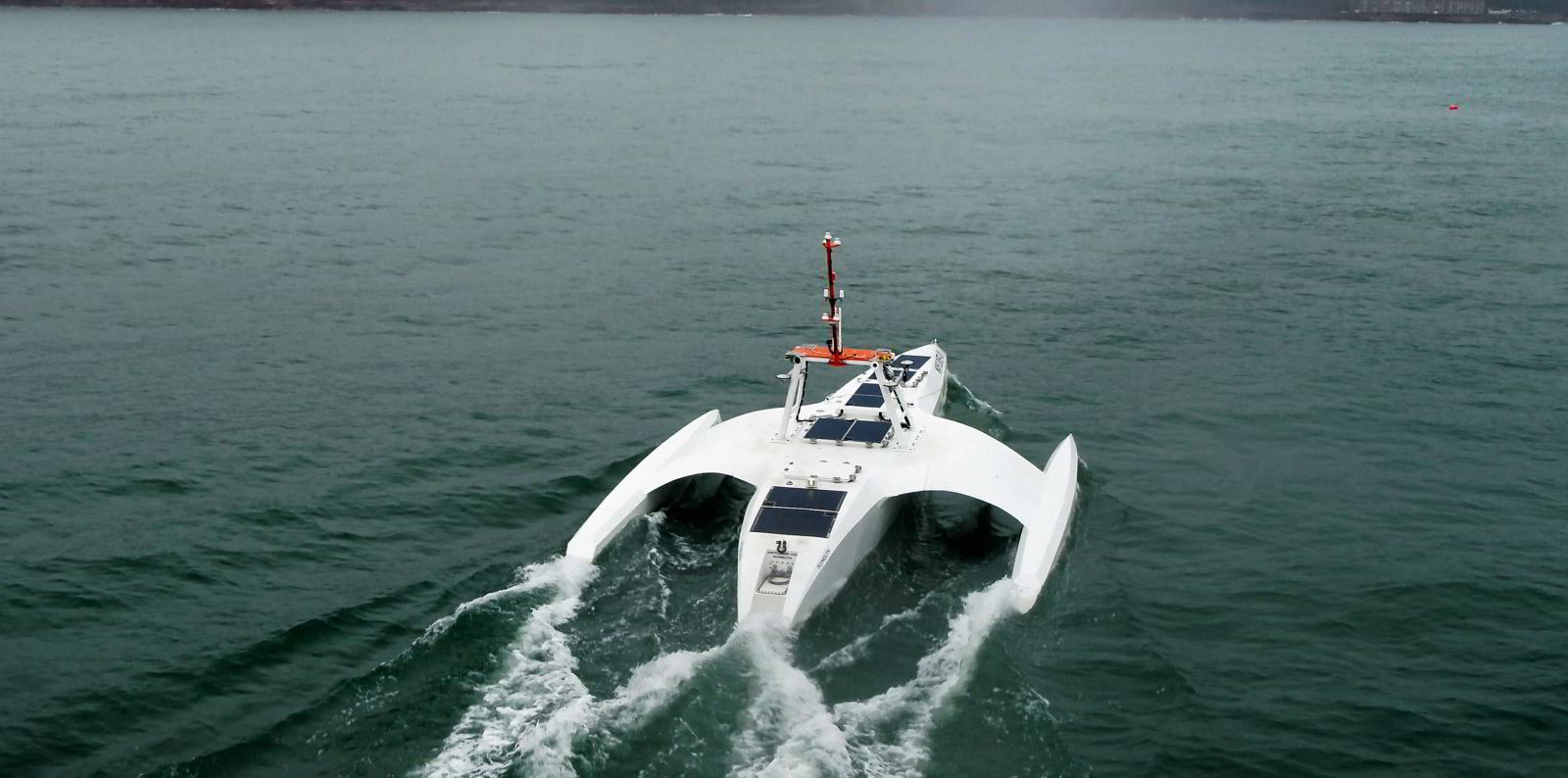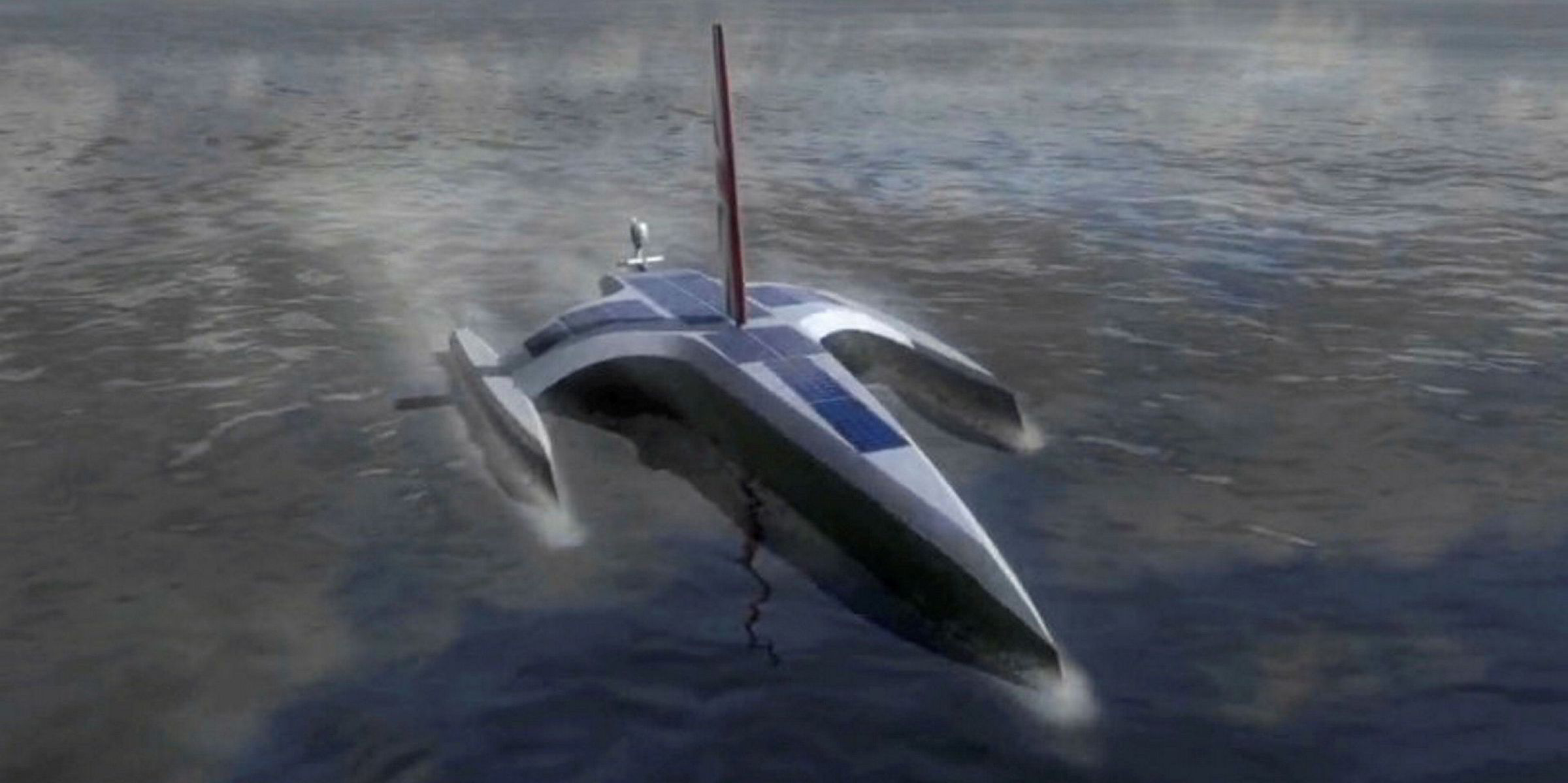The Mayflower Autonomous Ship (MAS), which had to abandon its transatlantic crossing in June 2021 due to a mechanical fault, has set sail again for an unmanned voyage from the UK to US.
The vessel had to return to Plymouth three days into its voyage last year after losing full power.
Once brought back to dock, the problem was found to have been caused by a fracture in the flexible metal coupling between the ship’s generator and exhaust system.
Systems on the $1m vessel have been repaired and upgraded before sea trials earlier this Spring.
The 15m-long Mayflower is now six days into its new attempt and is expected to arrive in Virginia in about another two weeks.
The journey was originally planned for 2020 to celebrate the 400-year anniversary of the original Mayflower crossing of the Atlantic, but was delayed by the Covid-19 pandemic.
But when it arrives the Mayflower will still be the largest autonomous vessel to ever cross the Atlantic, controlled by its onboard AI Captain.
The MAS has a hybrid propulsion system mainly drawing energy from solar panels, but an on-board generator automatically switches on to top up the battery when required.
Equipment installed on the vessel will collect data that will be analysed to establish a methodology of using autonomous platforms for oceanographic surveys and research.
Last week the International Maritime Organization’s maritime safety commission meeting agreed a roadmap for the creation of a regulatory code for autonomous vessels by 2025. It will comprise goal-based regulations rather than specific technical rules.





